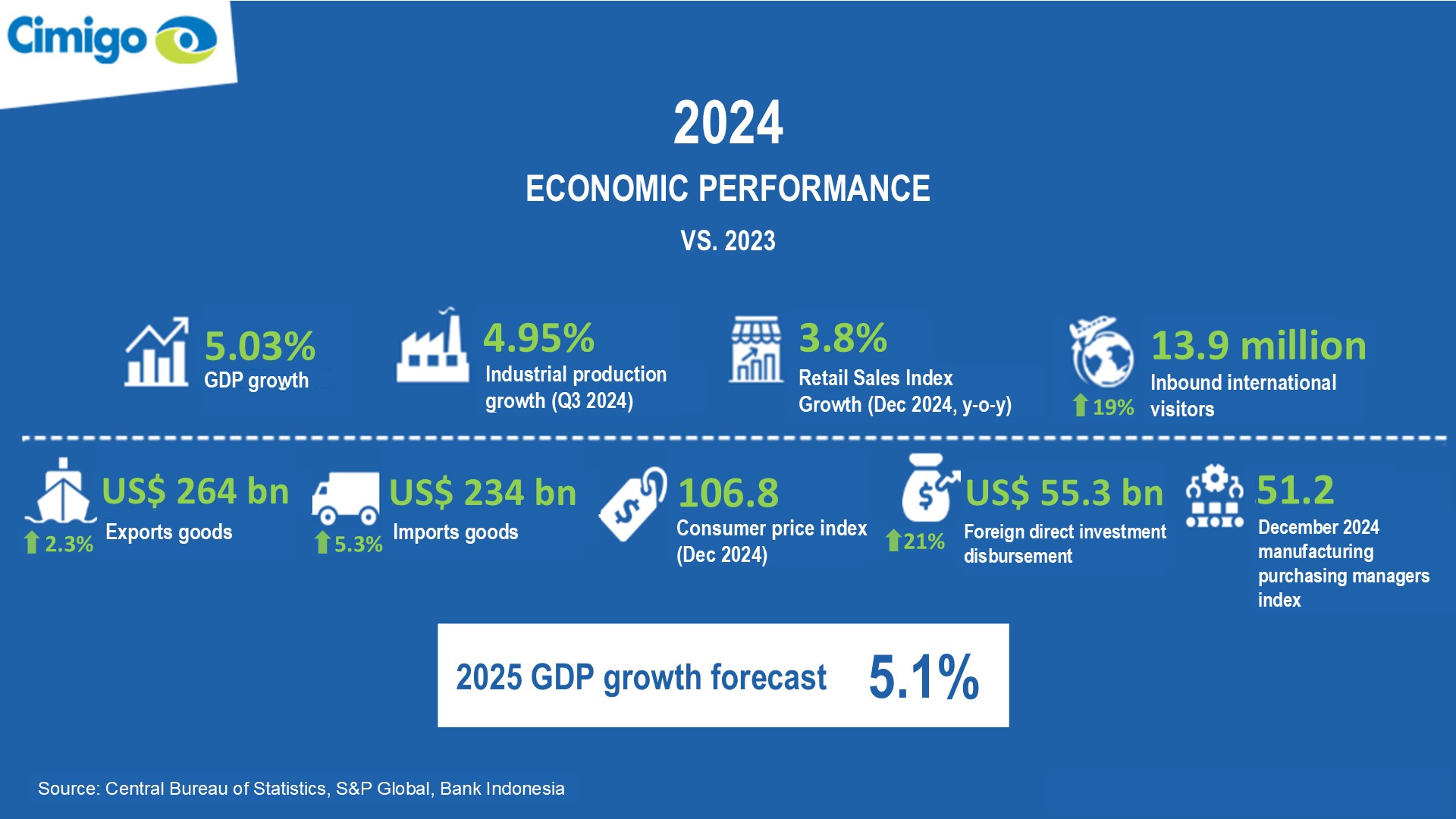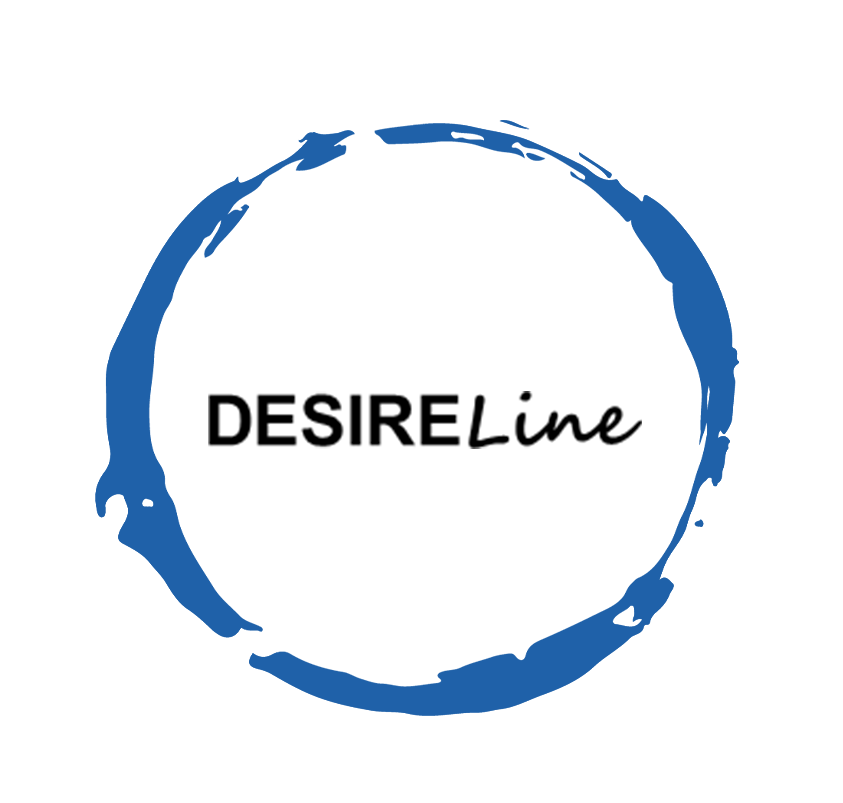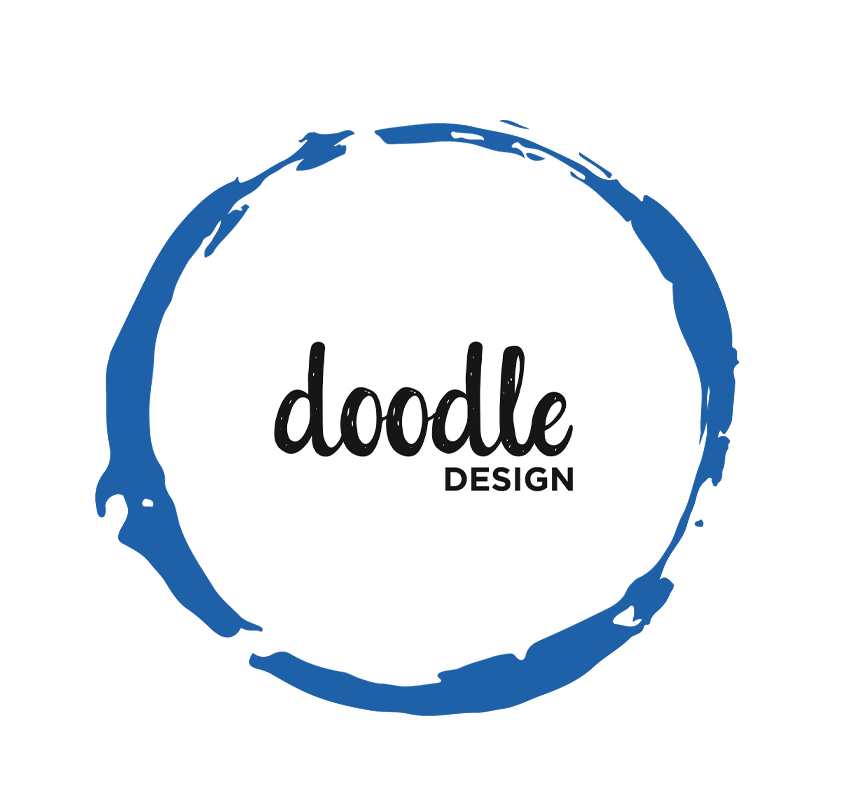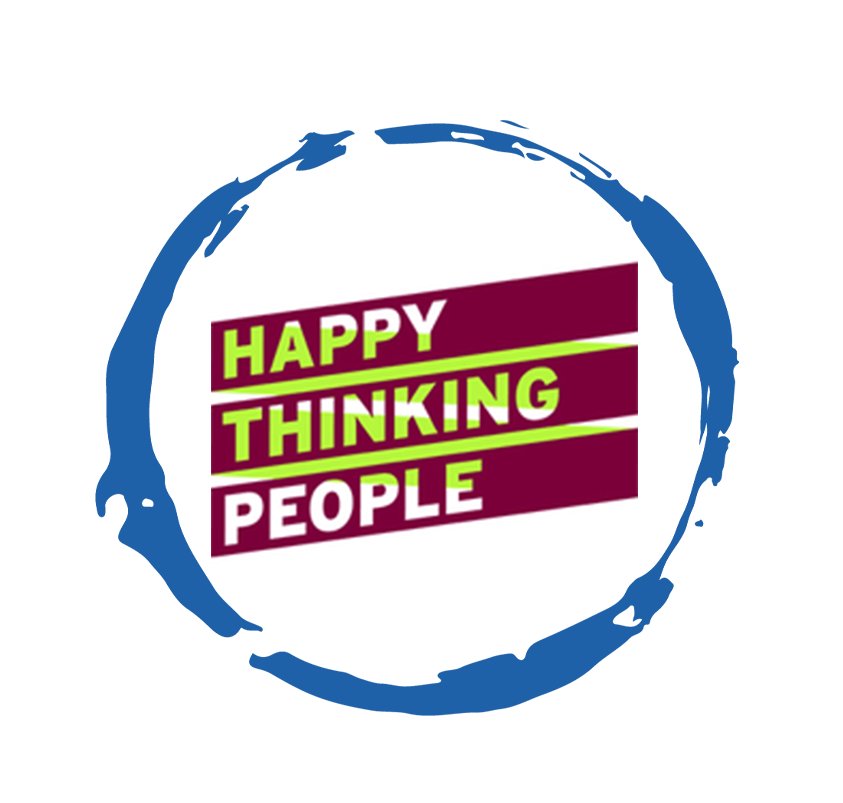Indonesia’s economy 2024
Feb 28, 2025
Resilient growth amid challenges Indonesia’s economy continued to expand in 2024 despite global
Empathy: The mother of innovation
When we delve into the world of Design Thinking for Innovation, what do we truly seek? Is it a revolution? Or is it a radical change? Is it boundless creativity? Or is it a unique human experience?
In the world of design thinking often hides a compelling force—empathy. It’s the spark igniting creativity, the compass guiding innovation, and the very essence of our humanity. It operates subtly, often hidden beneath the surface, but its impact can be profound. Let’s delve deeper into some examples and explanations to illuminate how empathy is not just a tool but the very mother of innovation.
Empathy is the secret sauce behind many sexy brands. For example, Tesla, led by Elon Musk, revolutionized the automotive industry by creating electric cars that resonate with consumers on both an emotional and practical level. Musk’s empathetic understanding of environmental concerns and a desire for sustainable transportation led to the development of electric vehicles that are not just eco-friendly but also stylish and technologically advanced.

Tesla Model 3 at the supercharger in Wittenburg, Germany. Photo by Avda
Another well-known example is Apple, renowned for its user-centric design philosophy, driven by the late Steve Jobs. Jobs and his team at Apple empathized deeply with the needs and desires of technology users. They understood that consumers wanted intuitive and aesthetically pleasing devices. The result was a range of products like the iPhone, iPad, and MacBook that not only meet functional requirements but also provide an emotional connection and a delightful user experience.

Steve Jobs announcing the iPhone
Another prime example of having deep empathy for humans and planets that turn into product innovations and brand storytelling is Patagonia. Their commitment to sustainability is rooted in empathy for the planet, driving innovative approaches to minimize ecological impact. Patagonia’s product design prioritizes functionality and durability for outdoor enthusiasts, and initiatives like “Worn Wear” encourage product longevity.

Patagonia “Worn Wear”; Photo by Lachlan Gardiner & Jamie Lee Brown
Imagine innovation as a journey into the unknown—a quest to solve problems and create a better world. In this realm, empathy emerges as the vessel steering us through uncharted waters, bridging the gap between problems and solutions.
Empathy is the art of stepping into someone else’s shoes. It’s the ability to see the world through their eyes, to feel what they feel. By truly empathizing with users, we unearth the insights that propel innovation forward. We grasp their pain points, desires, and dreams, leading us to craft solutions that resonate on a profound level.
As Brené Brown puts it, “Empathy is connecting to the emotions that underpin an experience.”
Empathy goes beyond simply understanding someone’s situation on a surface level. It delves deep into the emotional landscape of that experience. It’s about making a genuine, heartfelt connection with another person’s feelings, not just their circumstances.
For example, while cognitive empathy recognizes rationally another person’s mental state, affective empathy is the ability to actually feel physically along with the other person and share in those collective emotions, and at the highest level, compassionate empathy compels us to feel another person’s pain and joy and even move us to reach out and help them.

The Three Types of Empathy, By Irina Yugay
The example of Airbnb perfectly illustrates how empathy can drive innovation and reshape industries. The founders of Airbnb, Brian Chesky, Joe Gebbia, and Nathan Blecharczyk, didn’t just aim to provide accommodations. They aimed to create a sense of belonging for travelers. They recognized the pain points of both hosts who had extra space to share and travelers seeking authentic experiences.

Photo by Karsten Winegeart on Unsplash
By stepping into the shoes of both hosts and guests, Airbnb revolutionized the travel industry. They understood the fears and uncertainties of hosts opening their homes to strangers, and they addressed these concerns through identity verification and trust-building features. Simultaneously, they empathized with travelers who wanted more than just a place to stay; they wanted to connect with locals and experience destinations like a local. Airbnb’s platform made this possible, leading to a global community of hosts and travelers. Airbnb’s success isn’t solely attributed to its technological prowess but to its deep understanding of the emotions, aspirations, and challenges of its users.

Photo by Debby Hudson on Unsplash
Empathy isn’t just a step in the design thinking process; it’s the foundation upon which the entire journey is built. It’s not merely about understanding what people say. It’s about grasping the underlying emotions, values, and motivations that drive their behaviors and decisions.
Empathy is a continuous process throughout the innovation journey with design thinking, hence this discipline is sometimes called “human-centered design” or even “life-centered design”. It begins with empathetic research to identify and define problems, extends to empathetic ideation to generate creative solutions, and culminates in empathetic testing to ensure that the solutions resonate with users.
Therefore, when embarking on an innovation journey, remember that empathy isn’t just a tool. It’s the heart and soul of the process, and it is this profound understanding of the human experience that ultimately births innovation. So, embrace it with an open heart and an open mind. Let it flourish throughout every stage of your design thinking and innovation endeavors.


Indonesia’s economy 2024
Feb 28, 2025
Resilient growth amid challenges Indonesia’s economy continued to expand in 2024 despite global

Vietnam consumer trends 2025
Feb 23, 2025
Vietnam consumer trends 2025 Vietnam consumer trends 2025 explores the eight reasons Vietnam will

Beyond beauty: The changing face of personal care in Indonesia
Jan 27, 2025
The personal care market in Indonesia is undergoing a significant transformation, with consumers

Lisa Nguyen - VN Marketing Lead

Sam Houston - Chief Executive Officer

Minh Thu - Consumer Market Insights Manager

Travis Mitchell - Executive Director

Malcolm Farmer - Managing Director

Hy Vu - Head of Research Department

Joe Nelson - New Zealand Consulate General

Steve Kretschmer - Executive Director

York Spencer - Global Marketing Director

Laura Baines - Programmes Snr Manager

Mai Trang - Brand Manager of Romano

Hanh Dang - Product Marketing Manager

Luan Nguyen - Market Research Team Leader

Max Lee - Project Manager

Chris Elkin - Founder

Ronald Reagan - Deputy Group Head After Sales & CS Operation

Chad Ovel - Partner

Private English Language Schools - Chief Executive Officer

Rick Reid - Creative Director

Janine Katzberg - Projects Director

Anya Nipper - Project Coordination Director

Dr. Jean-Marcel Guillon - Chief Executive Officer

Joyce - Pricing Manager

Matt Thwaites - Commercial Director

Aashish Kapoor - Head of Marketing

Kelly Vo - Founder & Host

Thanyachat Auttanukune - Board of Management

Hamish Glendinning - Business Lead

Thuy Le - Consumer Insight Manager

Richard Willis - Director

Ha Dinh - Project Lead

Geert Heestermans - Marketing Director

Louise Knox - Consumer Technical Insights

Aimee Shear - Senior Research Executive

Dennis Kurnia - Head of Consumer Insights

Tania Desela - Senior Product Manager

Thu Phung - CTI Manager

Linda Yeoh - CMI Manager

Cimigo’s market research team in Vietnam and Indonesia love to help you make better choices.

Cimigo provides market research solutions in Vietnam and Indonesia that will help you make better choices.

Cimigo provides a range of consumer marketing trends and market research on market sectors and consumer segments in Vietnam and Indonesia.

Cimigo provides a range of free market research reports on market sectors and consumer segments in Vietnam and Indonesia.
Please enter the information for free download.
The report will be sent to your email.
When downloading our reports, you agree to be contacted for marketing purposes.
Please enter the information for free download.
The report will be sent to your email.
When downloading our reports, you agree to be contacted for marketing purposes.
Vui lòng điền thông tin vào biểu mẫu bên dưới để tải về báo cáo miễn phí.
Báo cáo sẽ được gửi vào email bạn điền ở bên dưới.
Khi tải xuống các báo cáo của chúng tôi, bạn đồng ý được liên hệ cho mục đích tiếp thị.
Xin cảm ơn. Một email kèm với đường dẫn tải báo cáo đã được gửi đến bạn.
